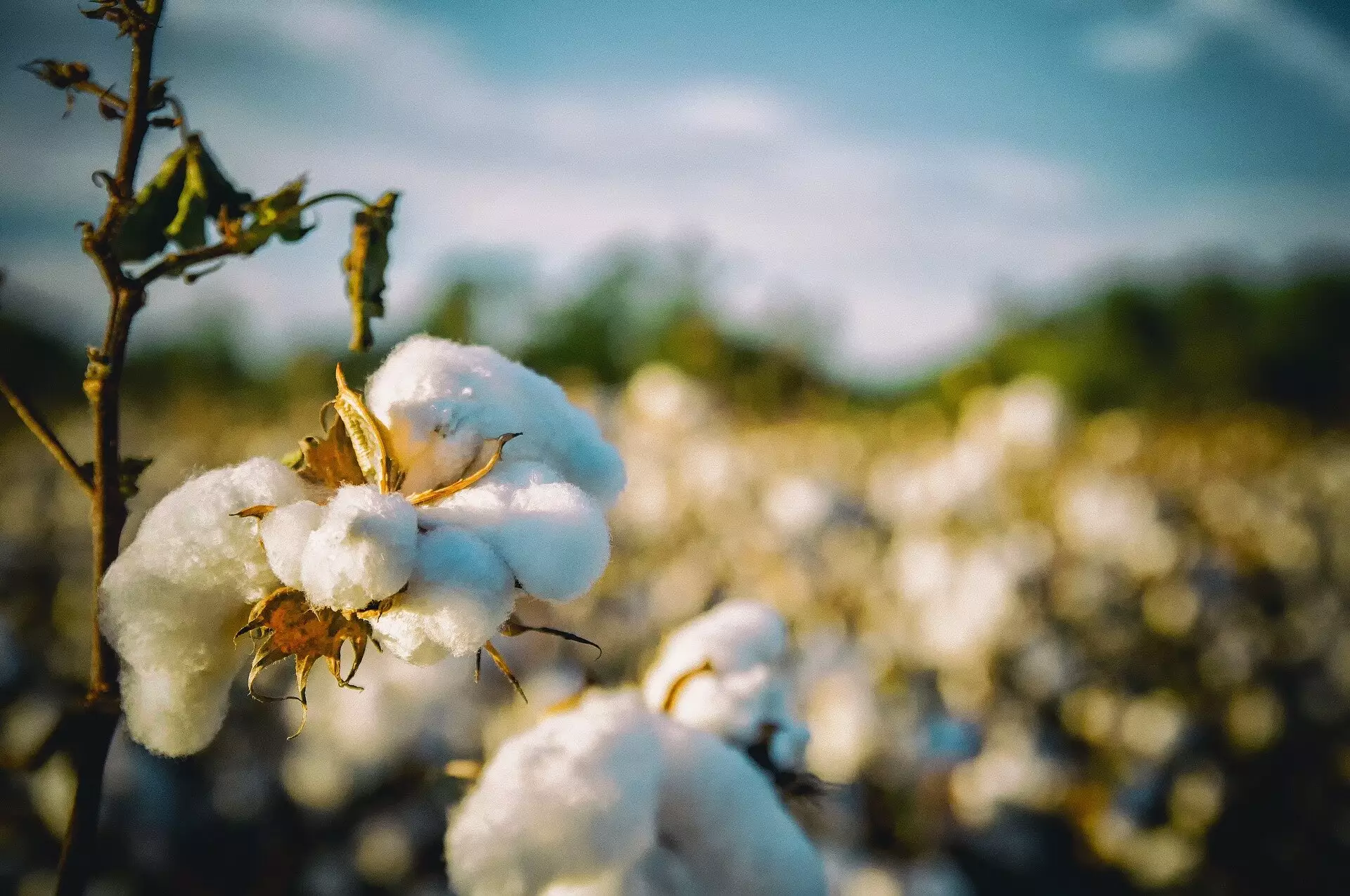The consumption of textiles has skyrocketed in recent decades, largely driven by the rise of fast fashion. This has led to a significant increase in the environmental impacts associated with clothing production and usage. Environmental scientist Laura Scherer, known for her research on the environmental impacts of food, recognized the need to address the sustainability of textiles. In collaboration with an international team of researchers, Scherer conducted a comprehensive study on the ecological footprint of cotton, the world’s most widely used natural fiber.
Cotton, a soft and fluffy fiber obtained from the cotton plant, requires substantial amounts of water for cultivation. This is where the sustainability assessment of cotton begins. Unfortunately, consumers often overlook the environmental impacts of cotton production, as they occur mainly in other countries. For instance, the production of cotton garments purchased by consumers in Europe can contribute to water scarcity in China and India. Acknowledging the global nature of these impacts is crucial in understanding the true environmental footprint of cotton textiles.
While the production phase of cotton garments typically dominates their environmental impacts, consumer behavior also plays a significant role. In countries like the United States, where energy grids are carbon-intensive and frequent washing and machine-drying are common, the use phase of clothing can contribute more to the carbon footprint of jeans than the production phase. On the other hand, in countries like Sweden, with cleaner energy sources, longer clothing usage before washing, and widespread air-drying practices, the use phase has a relatively smaller environmental impact.
To reduce the environmental impacts of our clothing, Scherer emphasizes the importance of washing clothes less frequently. This approach has a dual benefit: it reduces the environmental impacts associated with washing and helps maintain the quality of clothes, enabling them to be used for longer periods. Additionally, filling the washing machine to its full capacity and avoiding ironing can further minimize the overall environmental footprint of clothes. Small changes in consumer behavior can make a significant difference in reducing the environmental impact of cotton textiles.
Understanding the Complexity of Environmental Impacts
The environmental impacts of cotton garments are influenced by various factors, including the country of production, cotton cultivation practices, manufacturing technologies, and consumer behavior. The cultivation stage, for example, is affected by irrigation levels, pesticide and fertilizer applications, while the manufacturing stage is influenced by energy infrastructure and manufacturing techniques. Therefore, a comprehensive analysis of these different stages is essential in order to identify opportunities for improving the environmental sustainability of cotton textiles.
While cotton is the most widely used natural fiber, it is essential to explore alternative fiber options and assess their environmental impacts. These alternatives include both natural and synthetic fibers. However, it is challenging to draw definitive conclusions about the sustainability of alternative fibers, as studies often overlook the influence of consumer behavior. Factors such as washing frequency and garment lifespan greatly impact the overall environmental footprint. Therefore, further research is needed to evaluate the sustainability of different fibers in the context of consumer behavior.
Rather than solely focusing on specific fibers, Scherer suggests a shift from fast to slow fashion as a more effective solution towards sustainability. This transition requires changes in product design, marketing strategies, and consumer behavior. Instead of buying larger quantities of clothes made from various fibers, it is better to buy fewer clothes overall. Reducing clothing consumption, washing frequency, and embracing the concept of longevity in fashion can significantly contribute to minimizing the environmental impact of the textile industry. Furthermore, these changes not only benefit the environment but also result in cost savings for consumers.
The environmental impacts of cotton textiles are far-reaching and complex. The cultivation of cotton and the production of cotton garments contribute substantially to these impacts. However, consumer behavior plays a crucial role, particularly in the use phase of clothing. By adopting sustainable practices such as washing clothes less frequently, consumers have the power to significantly reduce the environmental footprint of their garments. Moreover, it is important to explore alternative fibers and promote a shift towards slow fashion to achieve long-term sustainability in the textile industry. Recognizing the environmental impact of our clothing choices and taking proactive steps towards change can make a substantial difference in preserving our planet for future generations.


Leave a Reply